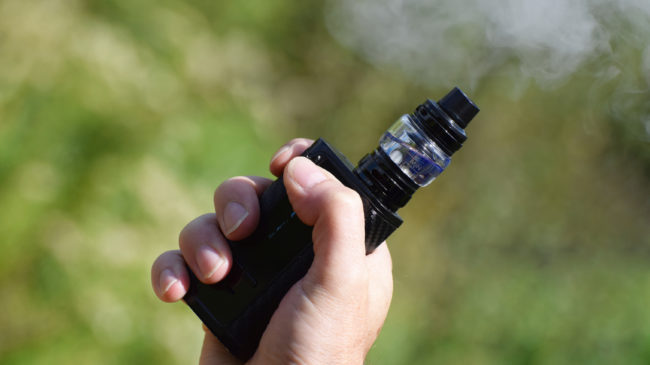The largest tobacco manufacturers are suing California to prevent its broad tobacco flavor ban.
Set to take effect in January 2021, the ban would prohibit the sale of all flavored products that contain nicotine, including flavored vaping products and menthol cigarettes. An exception has been made for hookah and premium cigars, but tobacco manufacturers stand to lose millions in revenue as the ban targets their most popular flavored products.
Unfortunately for big tobacco, they don’t have much of a case. As they argue, the Tobacco Control Act does prevent states and local governments from setting their own tobacco product standards, but the same page of this restriction explicitly states any government can still prohibit any class of tobacco product for any age group. A more-or-less identical flavor ban went into effect in Los Angeles County earlier this year and when the tobacco industry attempted to challenge it in court, the case was thrown out.
However, California should note the unintended consequences of an identical tobacco flavor ban have been destructive in Massachusetts, which is on pace to lose over $93 million in tax revenue after becoming the only other state to enforce similar restrictions. Black markets were more than happy to traffic newly illegal flavored tobacco products from neighboring states.
California is inviting an even larger black market to develop. And since menthol cigarettes are disproportionately popular among people of color, the ban puts disadvantaged communities at further risk of the potential violence and overpolicing that can come with illegal activity. Meanwhile the state is preserving the legality of tobacco products mostly used by white people.
Additionally, the motivation for California’s “Stop Tobacco Access to Kids Enforcement” Act, is built on a false premise. From 2019 to 2020, youth use of e-cigarettes has already dropped almost 30 percent and over 50 percent for high and middle school students, respectively. And menthol cigarettes aren’t uniquely addictive or appealing to youth.
The majority young people who smoke prefer regular cigarettes. In fact, states with higher distribution rates of menthol relative to regular cigarettes actually have lower rates of youth smoking. The most popular e-cigarettes flavors used by young people reflect the tobacco products used by the adults around them, which a state flavor ban will do little to address.
Cigarette use in California, and across the country, has been falling for decades. And the recent acceleration of smoking cessation is disproportionately the consequence of smokers switching to much-safer vaping products, the vast majority of which are flavored. Californians have realized that smoking almost always lowers one’s life expectancy and brings painful diseases at the end of life.
But now that tobacco is unpopular enough to move forward with targeted prohibitions, unfortunately California is again implementing laws that will disproportionately and negatively impact disadvantaged communities.
A version of this column previously appeared in the Orange Country Register.

